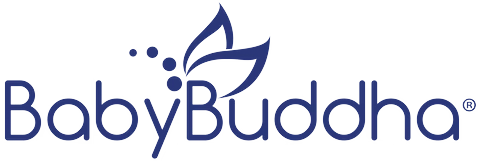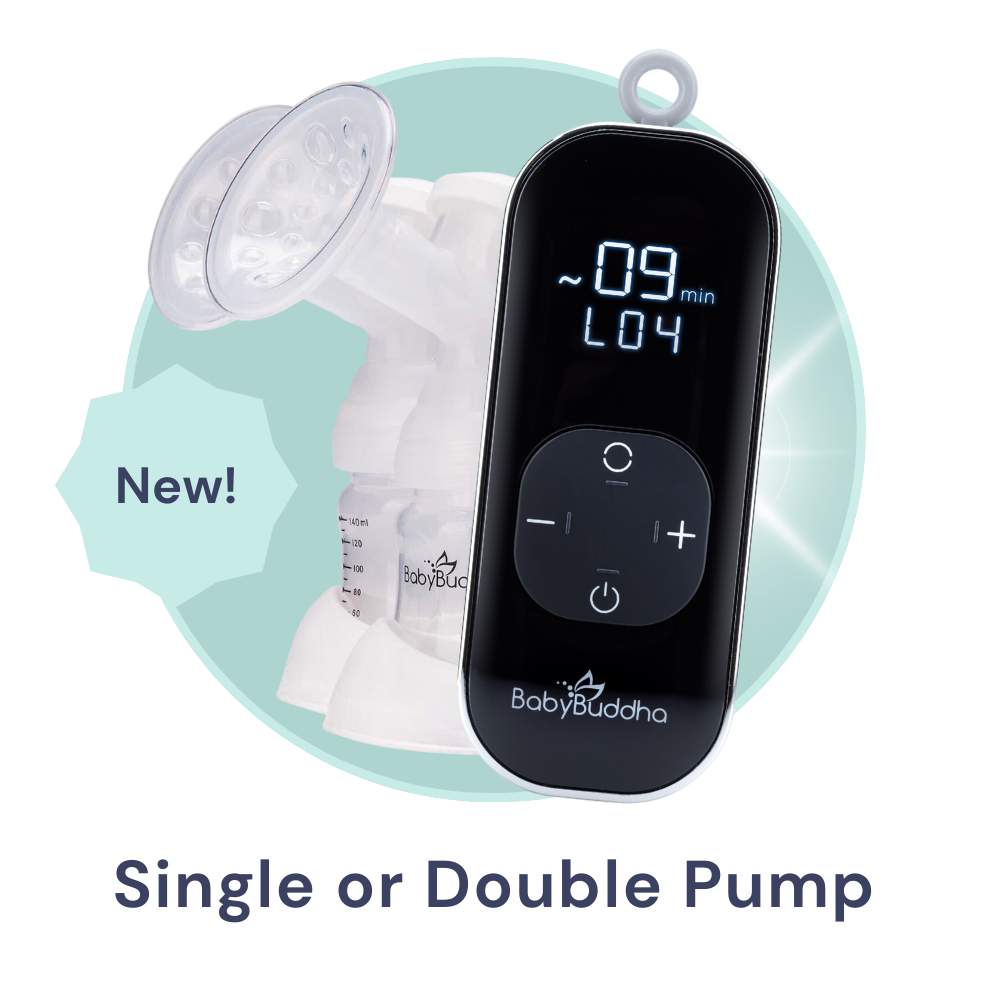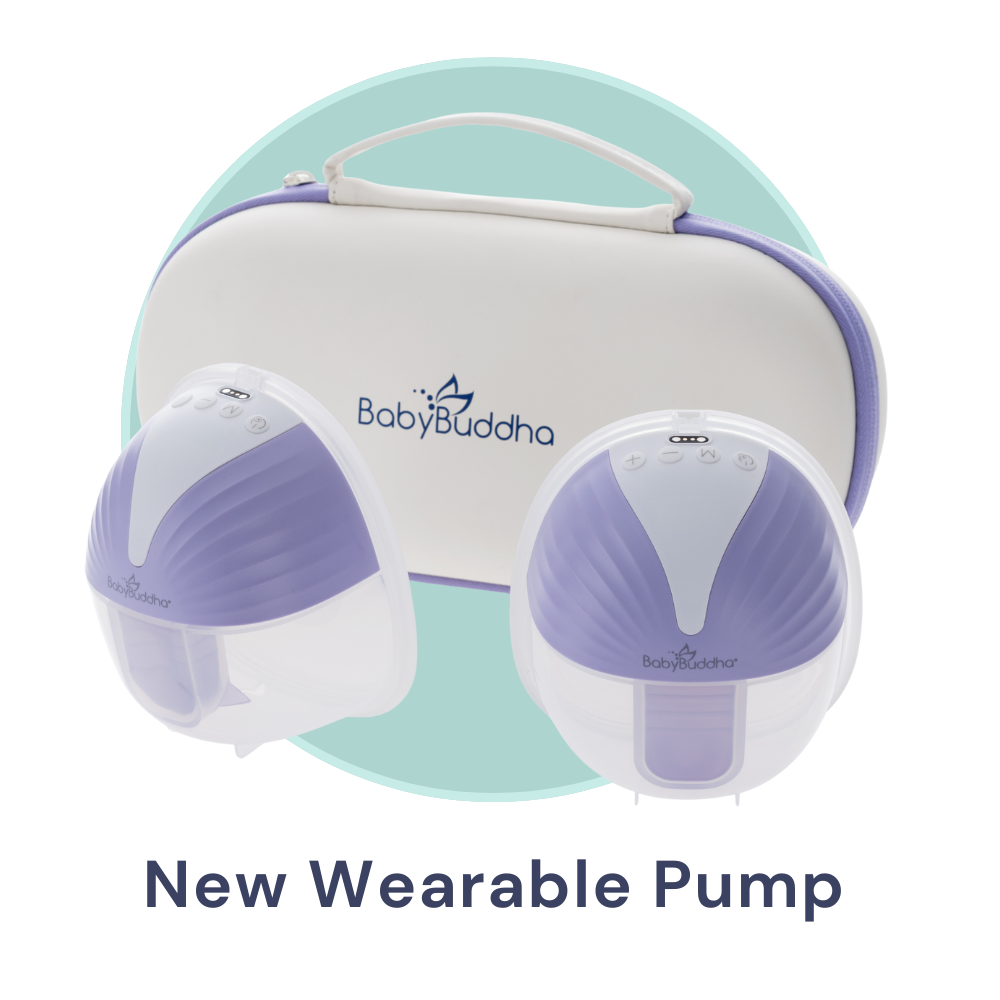Power Pumping Tips from Elisabeth Anderson-Sierra, the Director of BabyBuddha's Lactation Consulting Services
A common worry among breastfeeding mothers is a low milk supply. Unless you’re pumping regularly, it’s hard to measure how much milk your baby is getting.
Generally, the best rule to follow is as long as your baby is growing and has enough wet and dirty diapers — they’re probably getting enough milk. But what if your milk supply is low? Is there anything you can do to fix that?
A commonly recommended method to boost milk supply is power pumping. It’s a good idea to talk to a lactation consultant or pediatrician first just to be sure that power pumping is necessary. Still, in many cases, power pumping can help boost your breastmilk supply with some time.
Power pumping is also a great way to build up a stash of milk to meet needs such as going out for a date night or a work trip.
What is power pumping? How does it work? Let’s find out.
What Is Power Pumping?
Power pumping is a method of pumping milk that imitates baby cluster feeding. Using an electric breast pump frequently within a short amount of time can signal your body to produce more milk since your breasts are emptied more often. You may also hear this method referred to as “cluster pumping.”
If you power pump, you’ll probably pump and rest in intervals in order to give your breasts a break. Usually, these sessions are done over the course of a couple of hours, so you’ll need to set time aside beforehand if you want to try this trick.
Depending on what your milk supply looks like, you may need to have a power-pumping session one or two times a day. Your lactation consultant may be able to help guide you and help you figure out what will be best for you and your baby.
How Does Power Pumping Work?

When babies nurse, the sucking feeling releases the hormone that causes milk production, which is called prolactin. The more your baby eats, the more prolactin is released, and more milk is produced.
An electrical pump can mimic the sucking sensation that the baby causes, as well as emptying the milk from the breast to make room for more. If your baby isn’t able to nurse or isn’t nursing enough to increase milk supply, power pumping can stimulate production. It causes your body to believe that your baby is demanding even more milk, so your body will start producing more to keep up with your baby’s demands.
This method can be especially helpful if your baby is preterm since they may not be ready for nursing at the breast, but they can still benefit from breast milk.
Can Power Pumping Increase Breast Milk Supply?
With many baby-related topics, the same results can’t be guaranteed for every parent and child. Everyone is different, and other factors may affect breast milk production.
Many mothers report increased production after a week of power pumping, and some even see results as soon as 48 hours after they start. However, results vary from person to person, which is another reason why you should consult your lactation consultant. If power pumping doesn’t help, they may recommend supplements or other possible ways to help your little one get what they need. Everyone needs support, especially moms!
How Often Should I Power Pump?
Depending on your goals, a power-pumping session once a day is probably the best choice. If you’re worried that your supply is very low, you may want to try twice a day at a doctor's recommendation.
Not every pumping session needs to be a power pumping session, though. It can be helpful to pump for a bit after your baby is done breastfeeding to ensure your breasts have been emptied of all the milk.
Should I Be Power Pumping?
Not every mother needs to power pump. Sometimes, babies trigger higher milk production all on their own by nursing regularly or cluster feeding, especially when they’re hitting a growth spurt. If your milk supply keeps your baby healthy, growing, and producing plenty of wet and dirty diapers, power pumping might not be for you.
If you have a steady supply, power pumping could lead to overproduction, which can cause engorgement. Engorgement is a painful experience when your breasts are filled with too much milk, and they may need some coaxing before they’re ready to be pumped or nursed.
However, there could be many reasons to power pump:
- Your little one isn’t ready to eat from the breast yet and is currently only bottle feeding
- Your baby doesn’t want to nurse enough, but you aren’t producing enough milk yet.
- You’ve decided to pump exclusively.
Although power pumping can help some moms, not every new mother needs to use this method. It’s best to consider what your baby needs first.
Should I Use a Manual or Electric Pump?
Although manual breast pumps can be helpful in short pumping intervals, power pumping is typically a long process. Manual pumps are great for so many things but might not support the consistent rate and suction needed for power-pumping sessions.
An electric pump is the better option. Just check that you have the proper flange size to prevent any irritation (check your brand’s flange fit guide). Plus, you can adjust the suction and speed as needed during your session. The BabyBuddha Single or Double Electric Breast Pump is portable and hands-free (with an accommodating pumping bra, of course).
What Method Should I Use?
There are several ways to go about your power-pumping sessions. Each method has a different way of measuring out the pumping and the rests, so you can try each one and see which one works best and feels the most comfortable for you.
With each method, it’s a good idea to massage your breasts and hand express some milk before you start pumping and find different ways to help yourself relax. Sometimes holding or looking at and smelling your baby can help with letdown and comfort during the pumping session.
You may also want to try a warm, damp towel on top of your breasts to help soothe any potential soreness during the first few seconds of pumping. Massaging during a pumping session can also be helpful, or you can settle down with a good book or show.
If you notice that no milk is coming out near the end of your session, you should still continue pumping until your time is up. The suction is what tells your body to produce more milk.
The 20-10-10 Method

With this power-pumping method, you’ll start by pumping for 20 minutes. Next, you’ll rest for ten minutes, pump for ten minutes, rest for ten, and finish by pumping for ten minutes. Afterward, you can go about your regular pumping session schedule, which should be around every three hours.
Cluster Pumping
With this power pumping schedule, you’ll pump for 15 to 20 minutes and then rest for an hour. After repeating this pattern once more, pump once more for 15 to 20 minutes. Once you’re done, you can return to the normal pumping schedule, which should be around every three hours.
Five Minute Intervals
This method is the easiest to remember. All you need to do is pump for five minutes and then rest for five minutes. If you keep repeating this pattern for an hour, your power-pumping session will be done. After, you can return to your regular pumping schedule.
Although an electrical pump is still best, you may be able to use a manual pump if you need to. For instance, if you are prone to overproduction, a manual pump can help express milk before a nursing session to help mitigate an overactive letdown.
What Else Should I Do To Help My Milk Supply?
There are lots of other avenues to boost milk output, but the most important is to be sure you are removing milk at least eight times each 24-hour period.
You can also work to eat well and stay hydrated. “Follow your hunger and fullness cues, and aim to consume three meals and two snacks a day. An easy way to balance your snacks and meals is to include carbohydrates, fat, protein, and fiber each time you eat,” says Lactation Expert Dr. Hope Lima, PhD, RD, IBCLC.
Milk production can also improve with rest. Trying to sleep while your baby is napping can help your body recuperate and relax. Asking for help is always a good thing to do, especially for a new mother.
Learning To Work With Your Body
The postpartum period can be challenging for any new mother and her baby. You have to learn so many new things about yourself and your baby. However, by understanding how your body works, you can take advantage of some of the natural things your body does, even if it’s something that seems difficult, like producing more milk.
Power pumping can be a great benefit for many mothers, especially those who choose partial or exclusive pumping or for breastfed babies who aren’t able to nurse yet. It works with our bodies to promote milk production so that we can provide our babies with the food they need.
Learning to work with your body also means learning to take care of it. A mom who is rested, relaxed, and healthy can better care for her little one. Don’t be afraid to ask for support when you need it. There are plenty of people willing to help!
Sources
Breastfeeding: Increasing Milk Production| Intermountain Healthcare
Power-Pumping | Kootenai Health
Power Pumping Tips to Increase Milk Supply | WonderBaby.org
Signs That Your Baby Is Getting Enough Breast Milk | Government of Alberta
Oversupply of breastmilk | Pregnancy Birth and Baby








